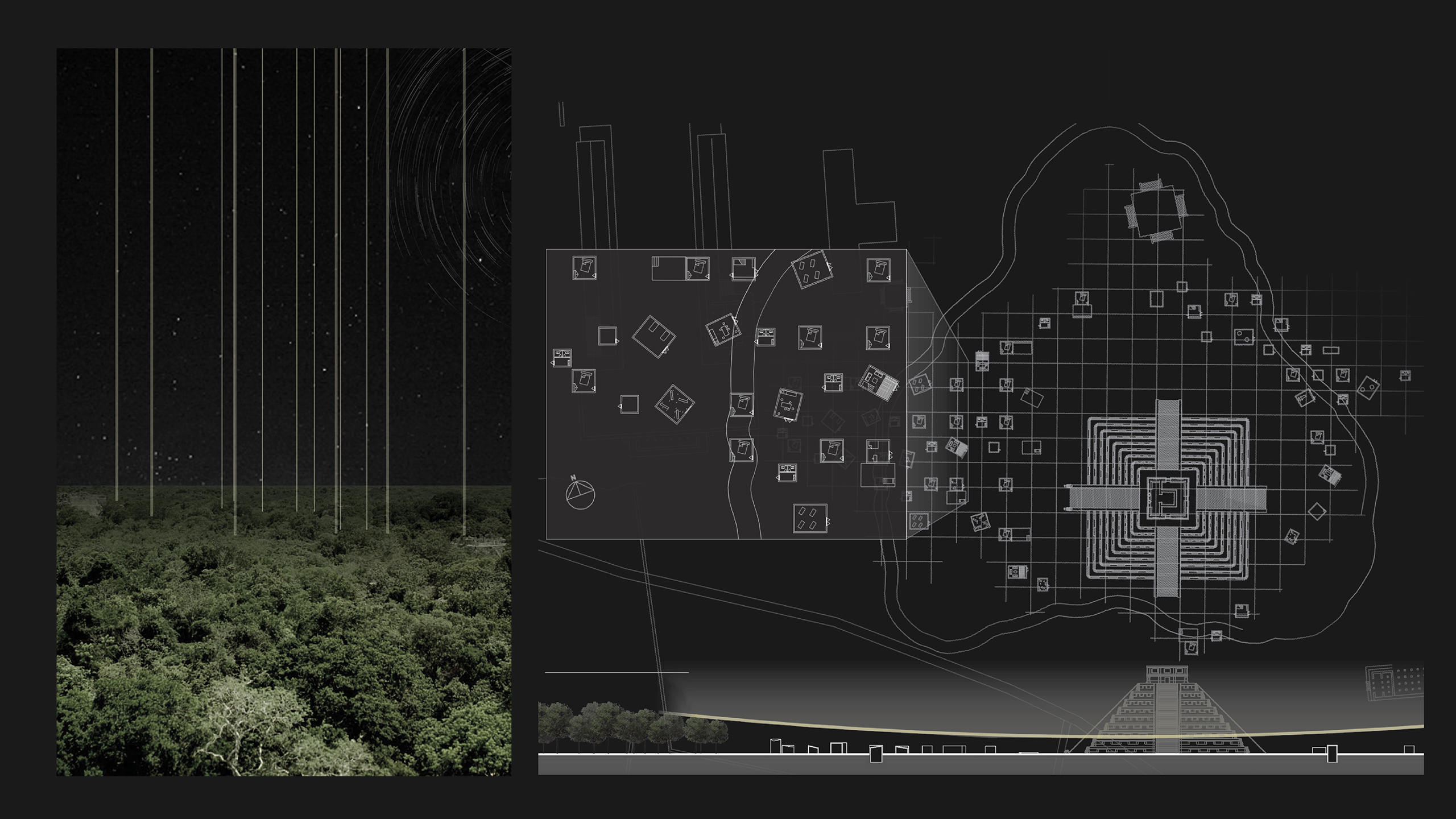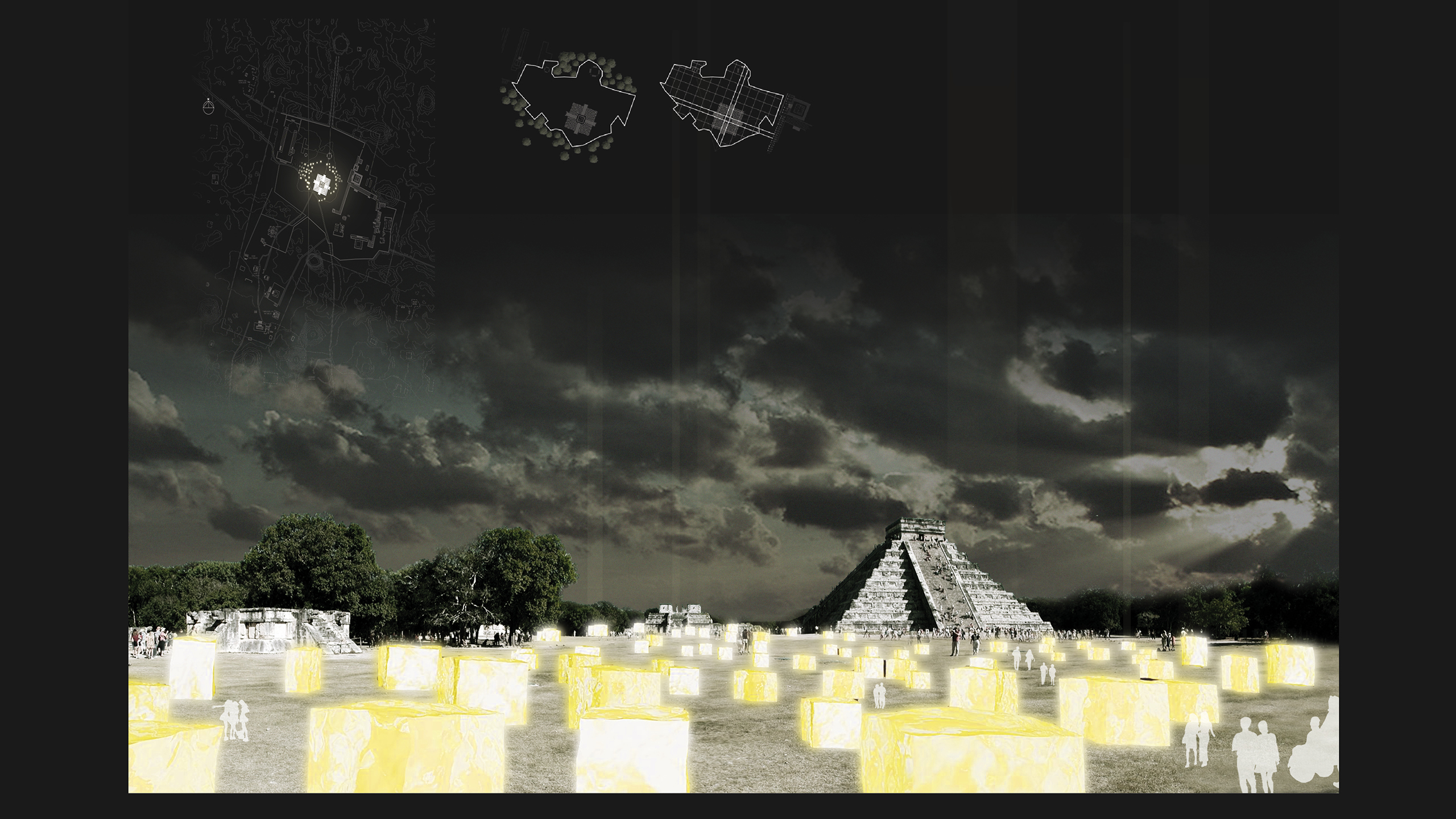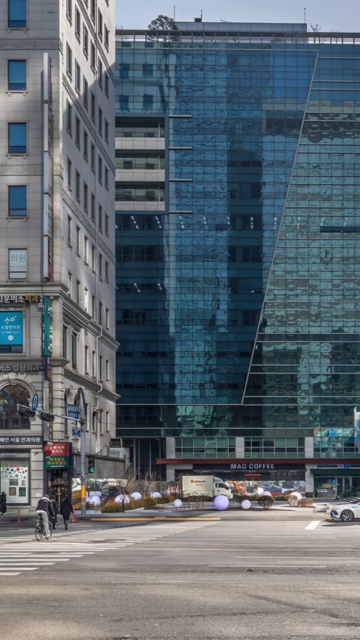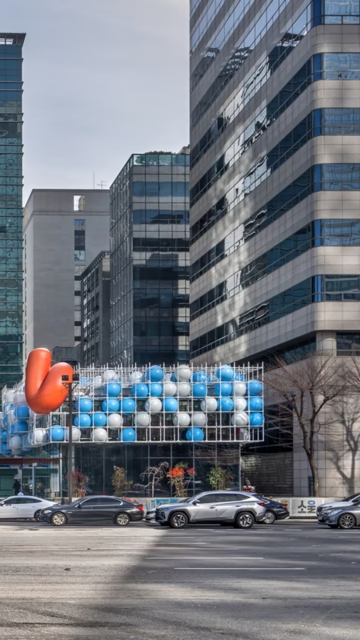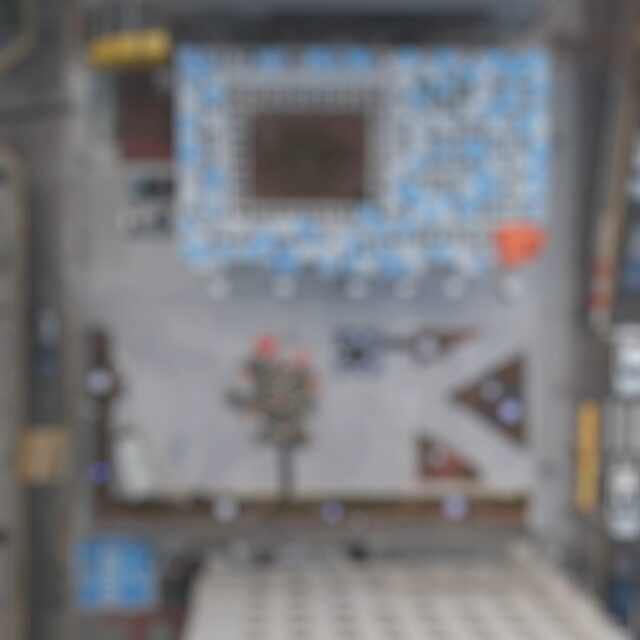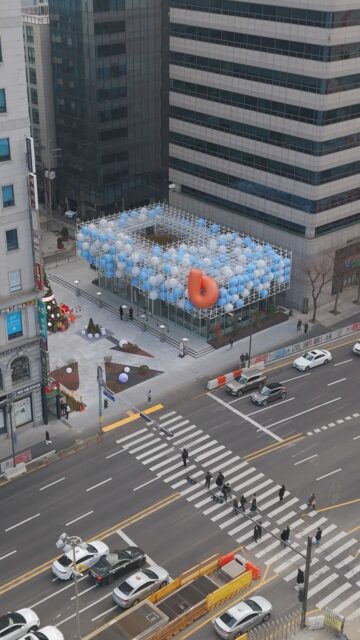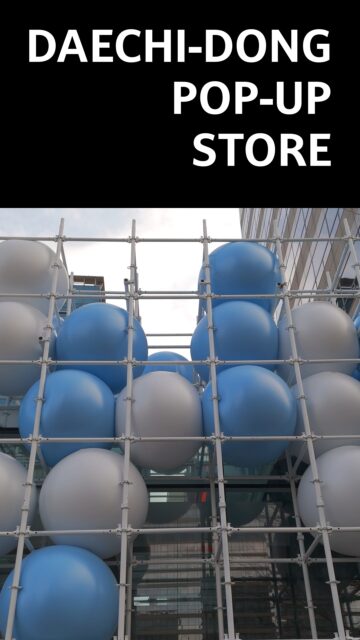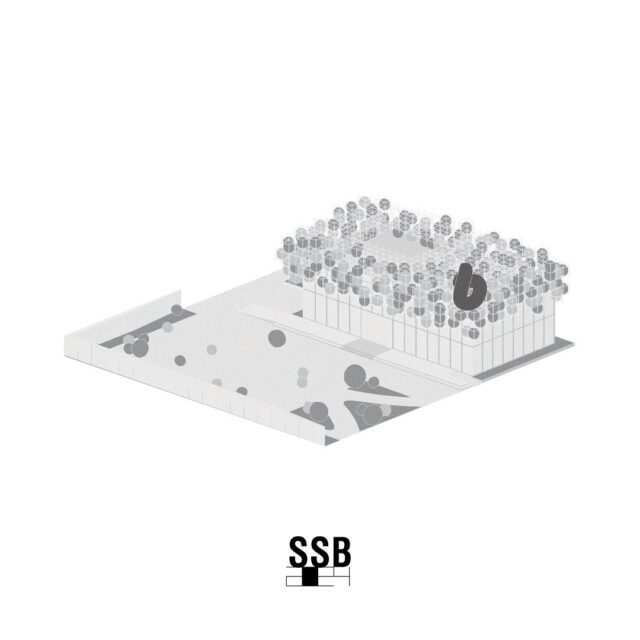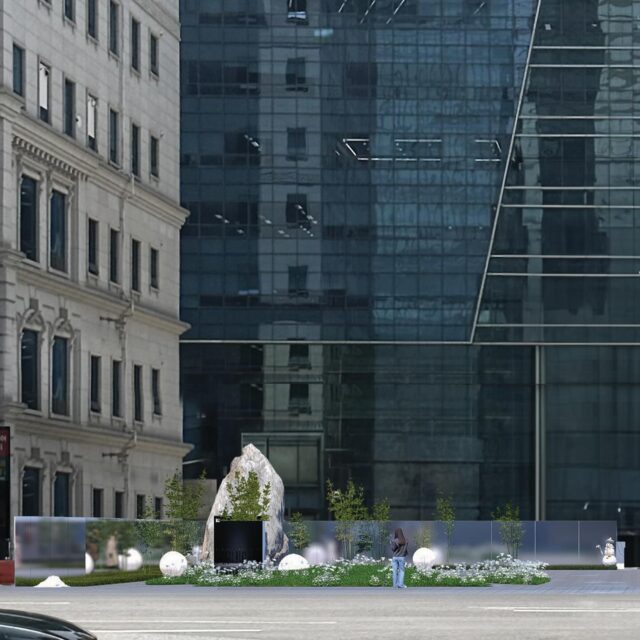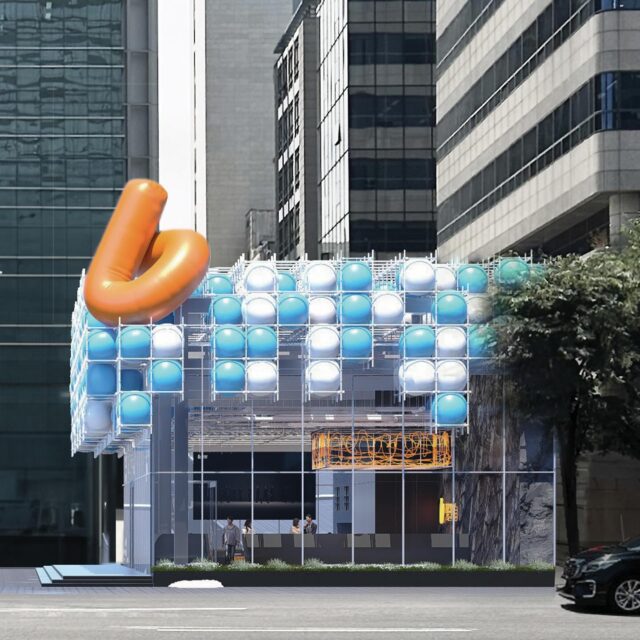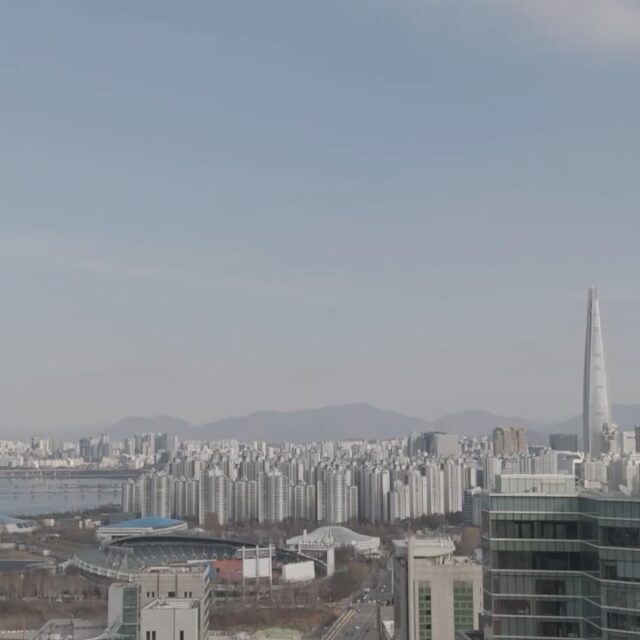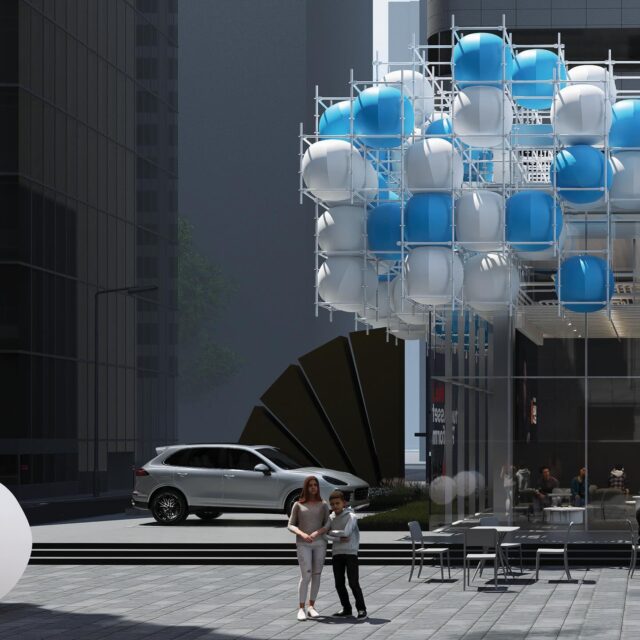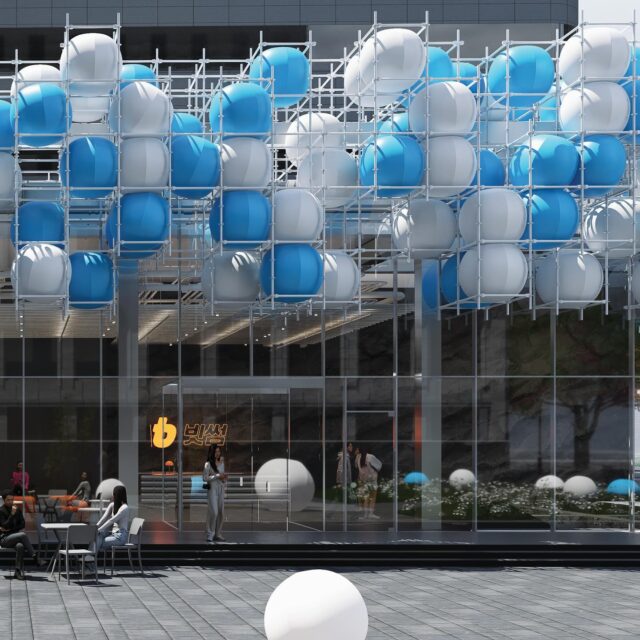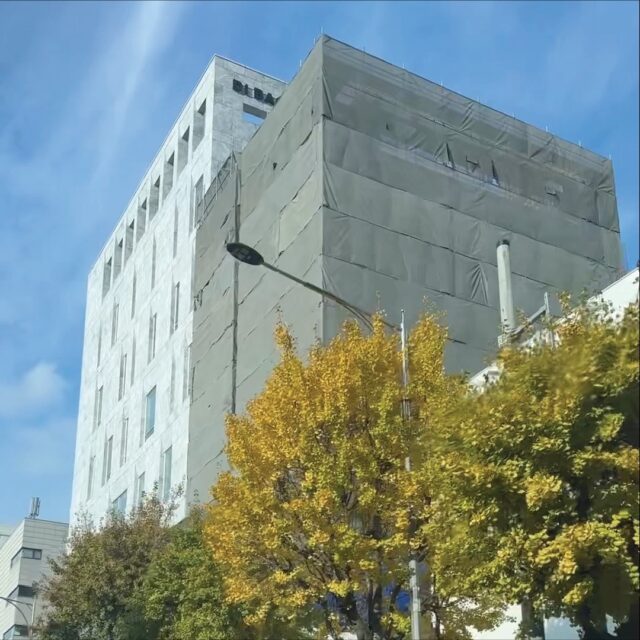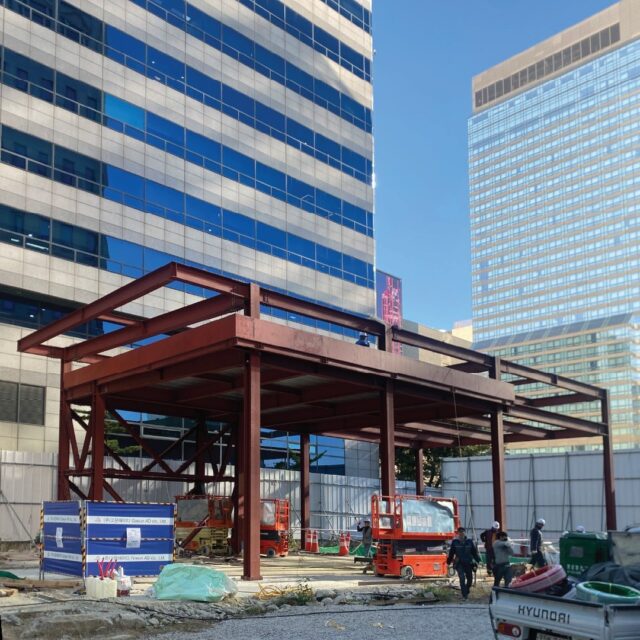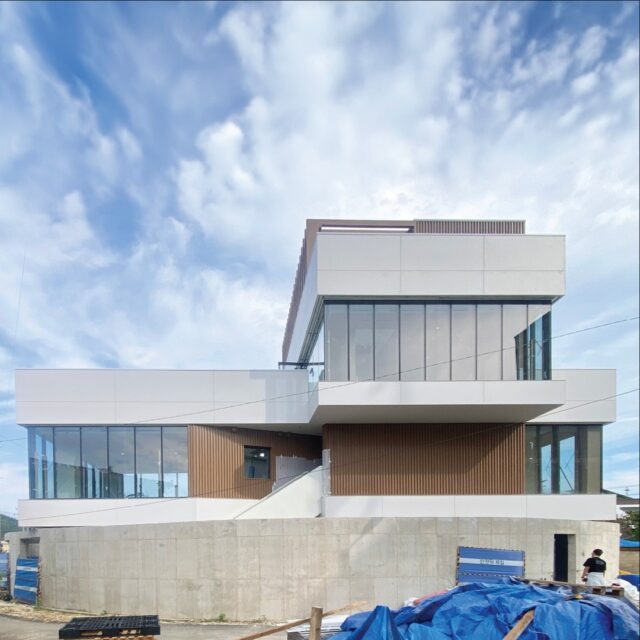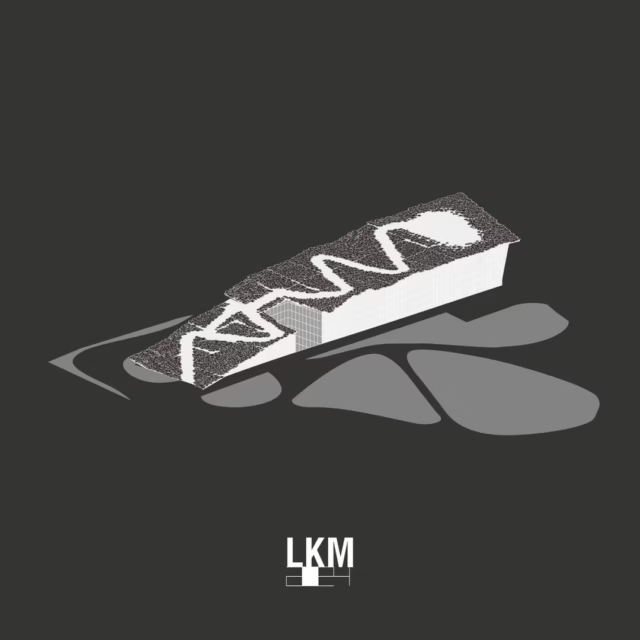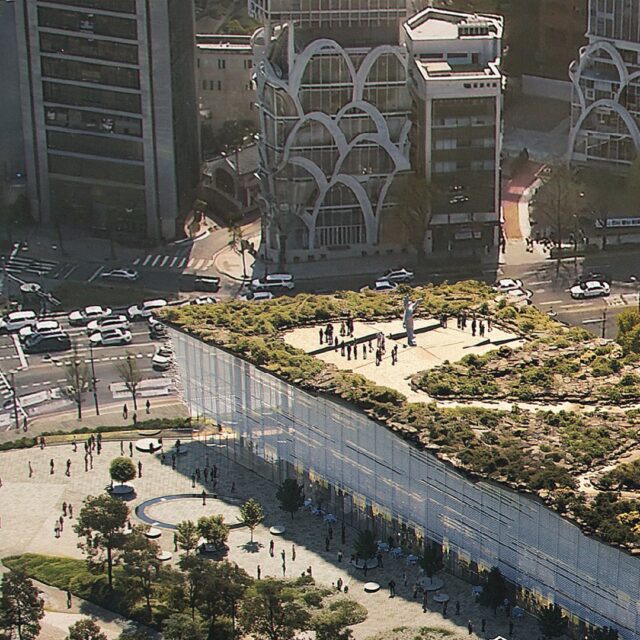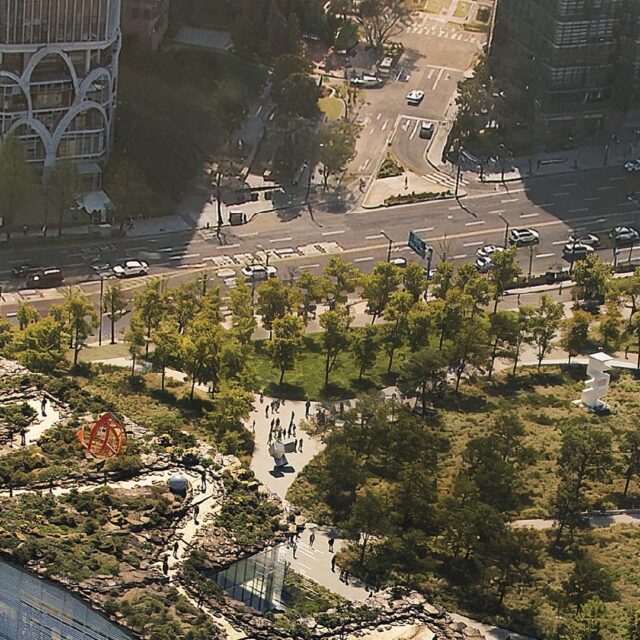This contemporary lodge-musuem situated at an ancient Mayan ground emphasizes the Mayan civilization. (This attempt that characterize ancient pieces of remains is according to the following document.) “ We are in the Chichen itza in Yucatan. This Mayan ground was made in 6 A.D. and then had been developed until 13 A.D. Central Pyramid – Castillo was devoted to Kukulcan(Quetzecoatl) shaped like ‘an entrance to the underground cosmos’ And then Mayan people represented a spot made of 72 pieces of precious stones….”
The lodge-museum consists a total of seventy-two rooms. Each individual room has its own program and function. As a whole, they work with each other as an important contributor to the museum. Private and public zones are scattered on the ground level. Since these zones are not structured, the space is less confined and freer. The spaces between the lodges are transformed into open-air historic public parks.
The temperature of the site ranges drastically throughout the day. During the day, the temperature is about 35C, whereas at night, it drops down to 20C. Each unit contains light in its volume. The skin of the building is sensitive to the change in temperature. The warmth of sunlight during the day causes the material to take a “Sol” state, meaning it is viscose and elastic, However, it takes a form of a gel from its cooler temperature. Reminiscent of texture of the ice, the structure is made up of various rough and bumpy forms. The light that is shed inside each unit looks as if the structure is wearing a piece of clothing since the unit appears different every time as the light changes. Like a piece of clothing, the windscreen presents itself as a coat that protects the building and boasts its design.
The skin of the building is sensitive to the change in temperature. The warmth of sunlight during the day causes the material to take a “Sol” state, meaning it is viscose and elastic, However, it takes a form of a gel from its cooler temperature.


